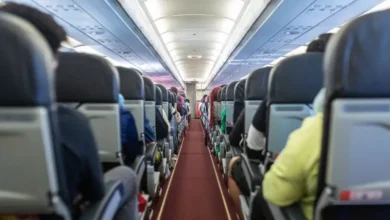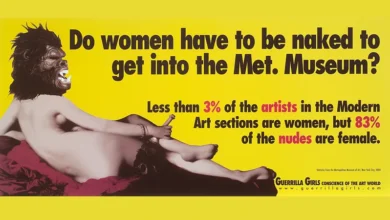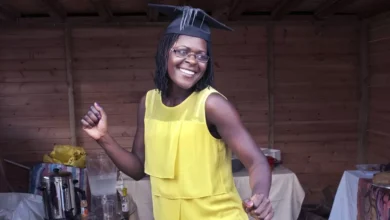Advanced helmet for deaf American football players

One of the latest advancements regarding American football is being spearheaded by Washington, DC’s Gallaudet University. Gallaudet is one of the leading universities in the US for deaf and hard-of-hearing students, as well as being recognized for the level of American football they play.
How did the idea of a helmet for deaf American football players emerge?
The idea started with some of the coaches at Gallaudet realizing that their players struggled to receive the same information as other teams, as when whistles are blown or shouting is heard, the majority of their players would miss the information.
To combat this issue, AT&T has developed a new type of American football helmet to help the coach quickly relay information to the players.

(Photo by Agnes BUN / AFP)
The helmets look like classic helmets, but have a clear plastic lens over one eye, with an augmented reality display system that can show players the play calls as quickly as their opponents hear them. The coaches use a digital tablet on the sideline to send the play calls, and the lens takes pride of place on the player’s helmet. A special alert system was also added to the device to notify the quarterback of any changes in a play.
The deployment of this helmet has been a success so far, with the trial run occurring earlier this year and deemed ‘effortless’ and ‘smooth’ by Coach Chuck Goldstein. Gallaudet’s football team is campaigning for their use to be extended, hoping they become a permanent fixture for the deaf or hard-of-hearing players during matches.

Shutterstock
The question that remains is how far can this technology be adapted. A natural progression would be for professional football leagues such as the NFL to adopt the augmented-reality helmet in their competitions. While the NCAA has permitted the use of these helmets for one game, there is optimism in the American football world that it will be approved so that they can be used during every game across the football season.
It could be said that the development of this headwear could lead to other advancements in other areas of sport, helping close the gap between hearing and non-hearing athletes.










